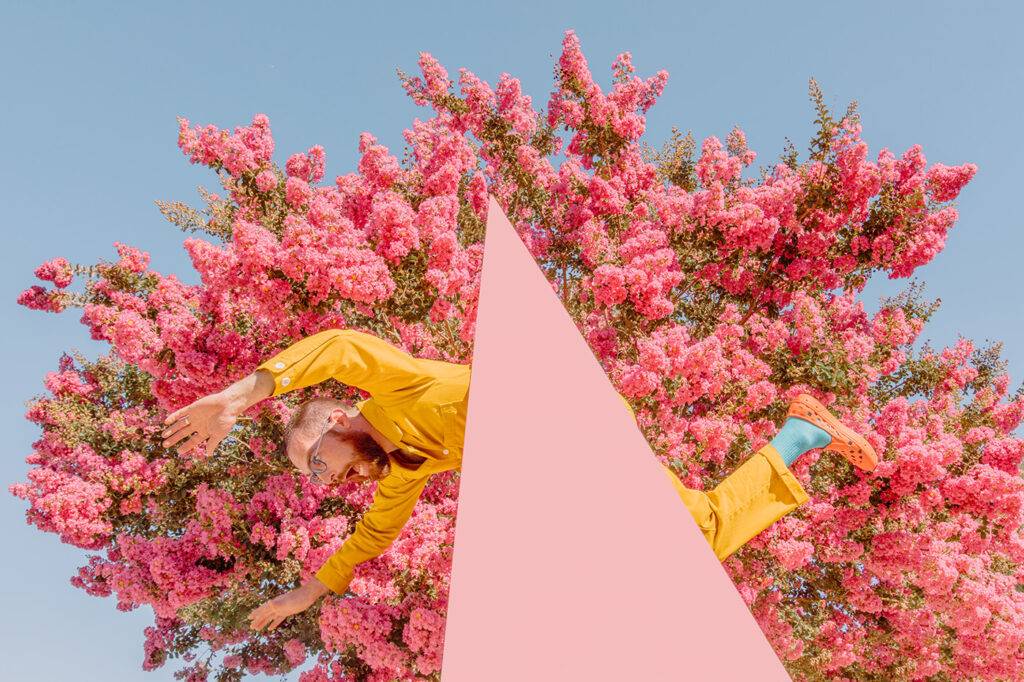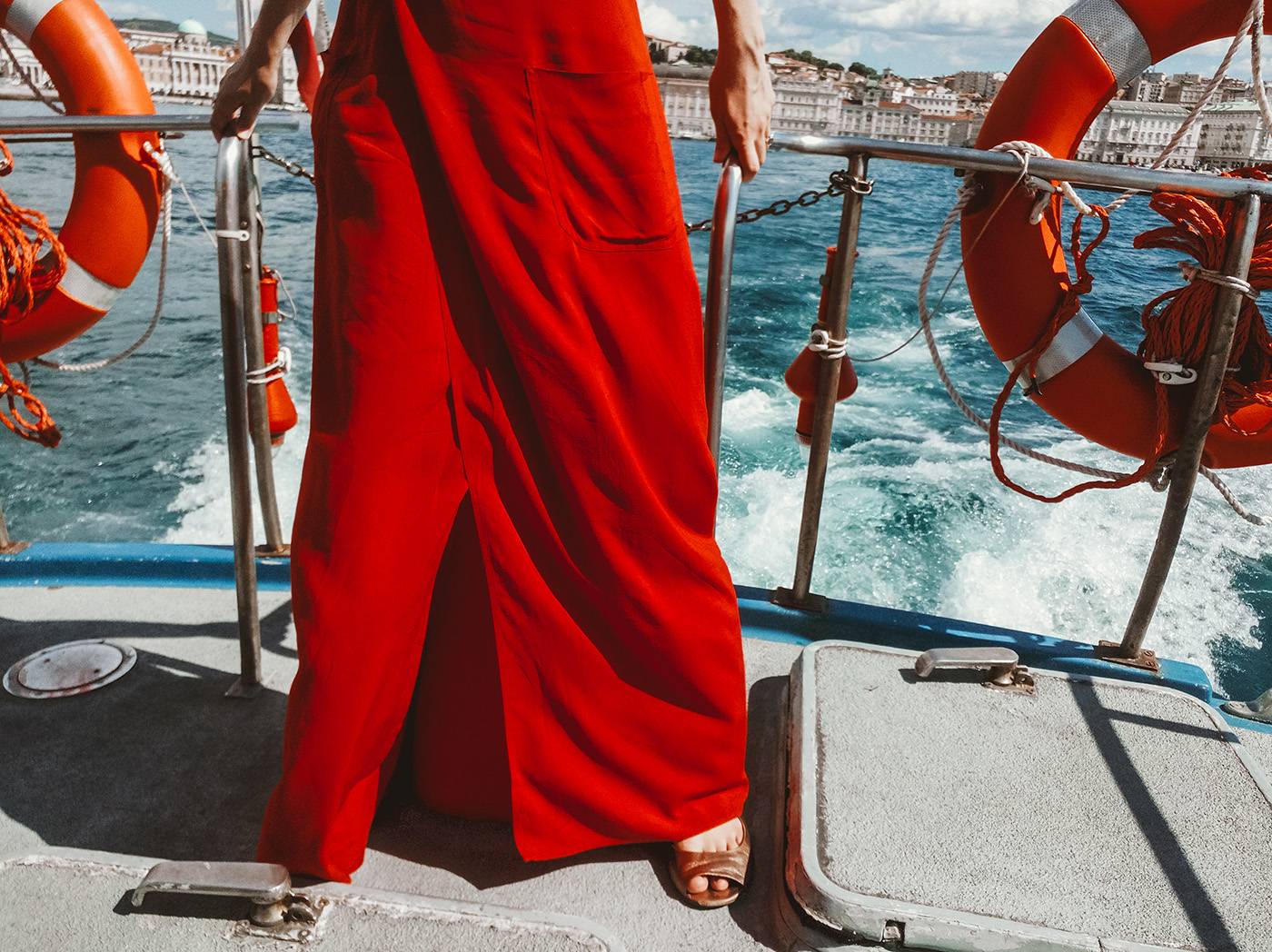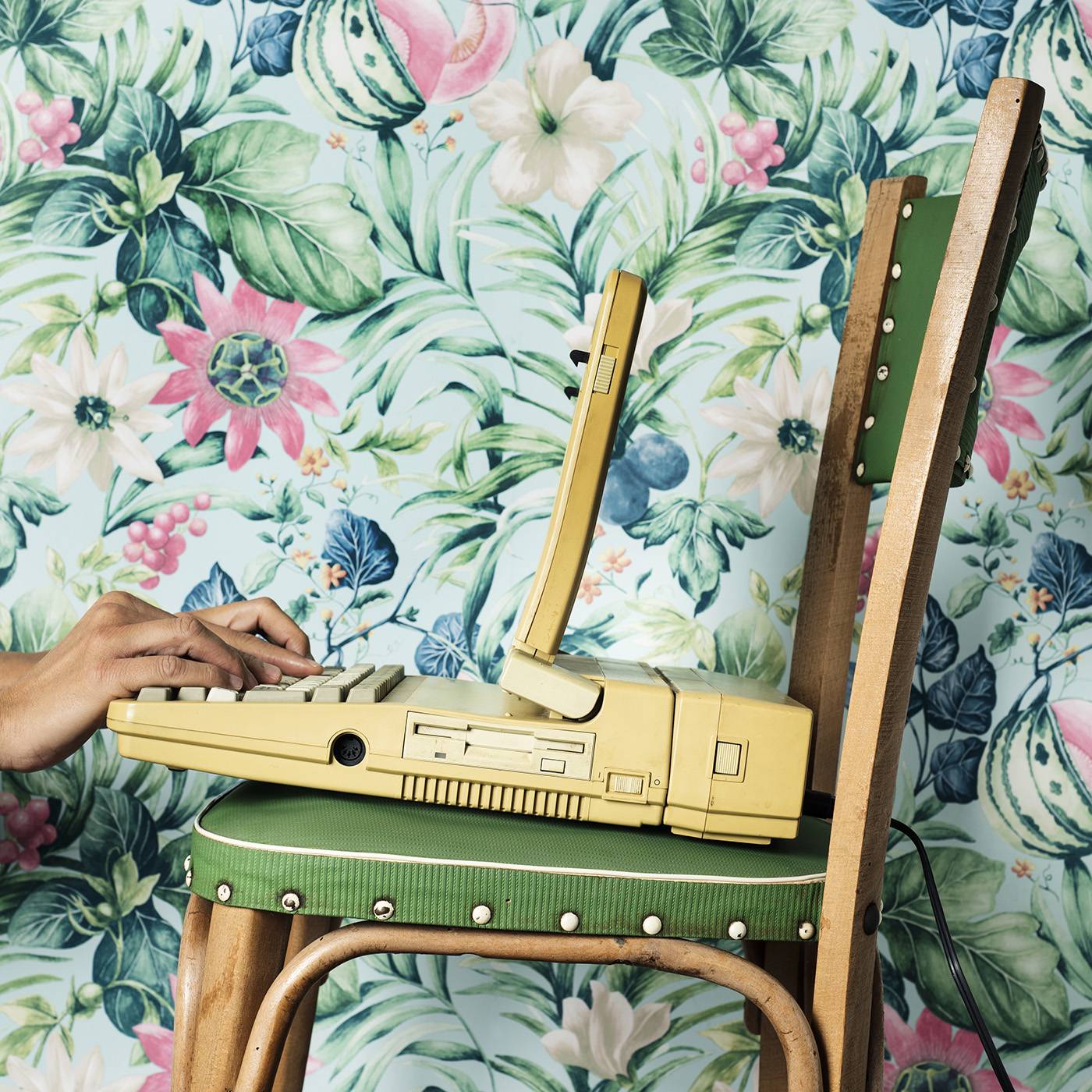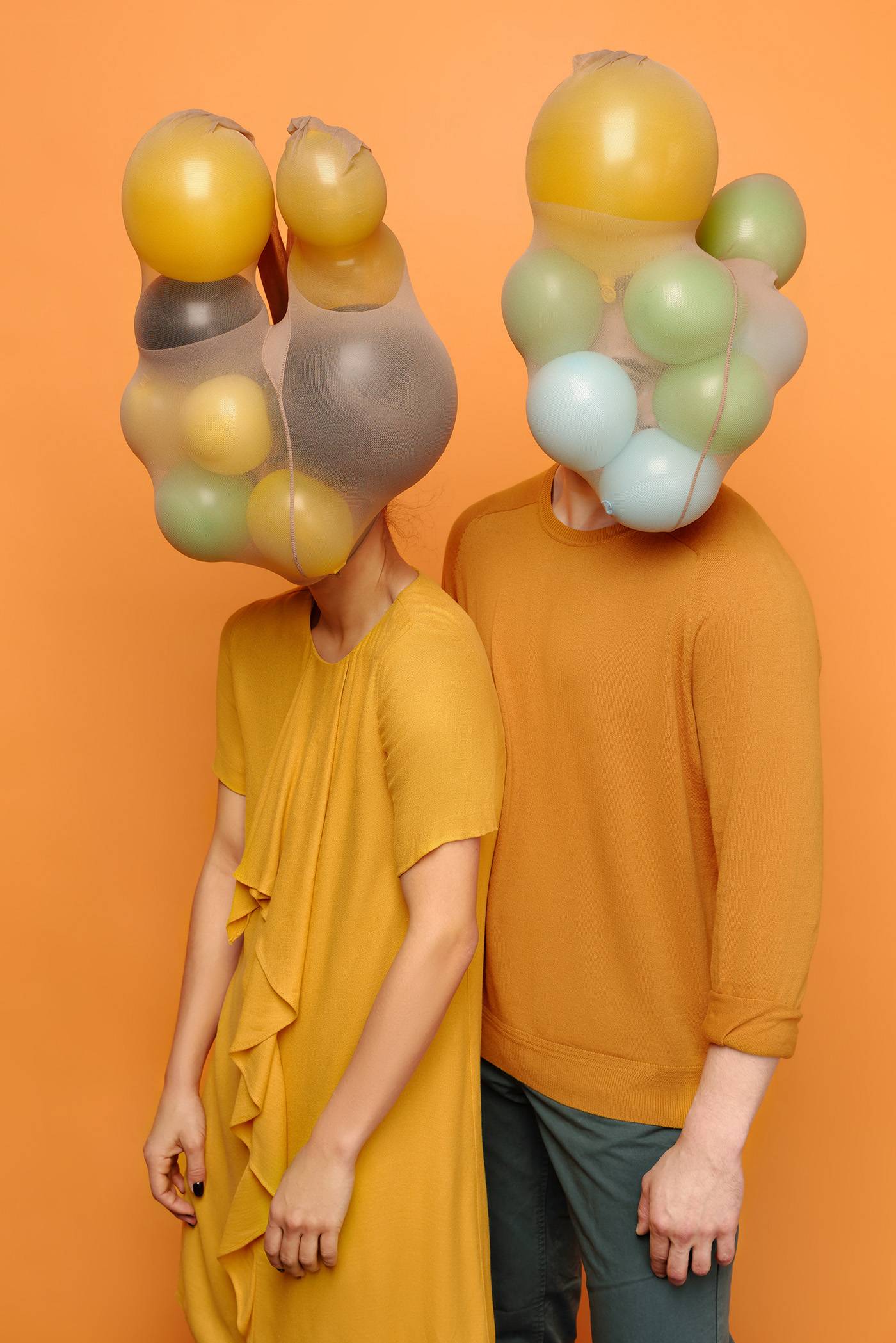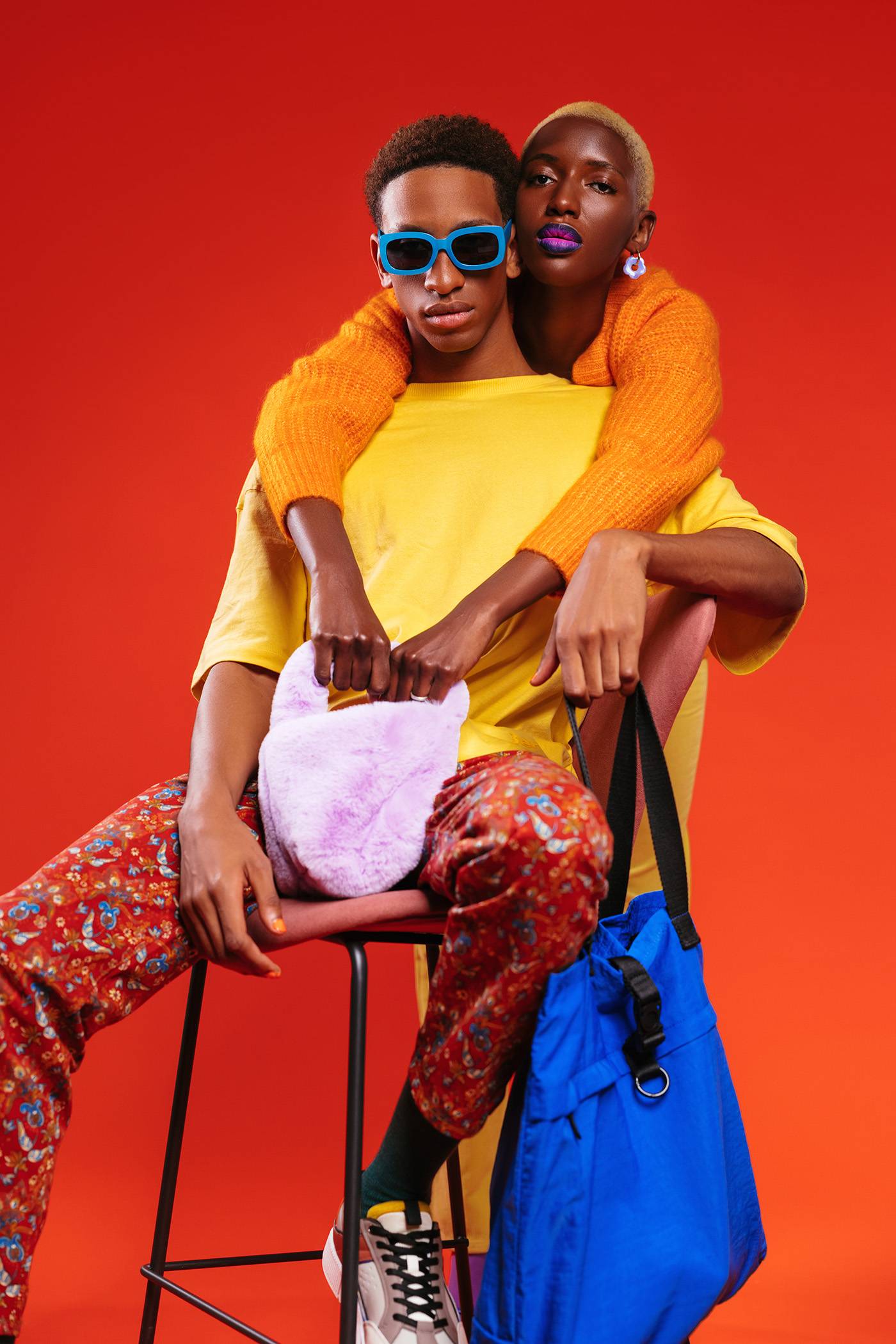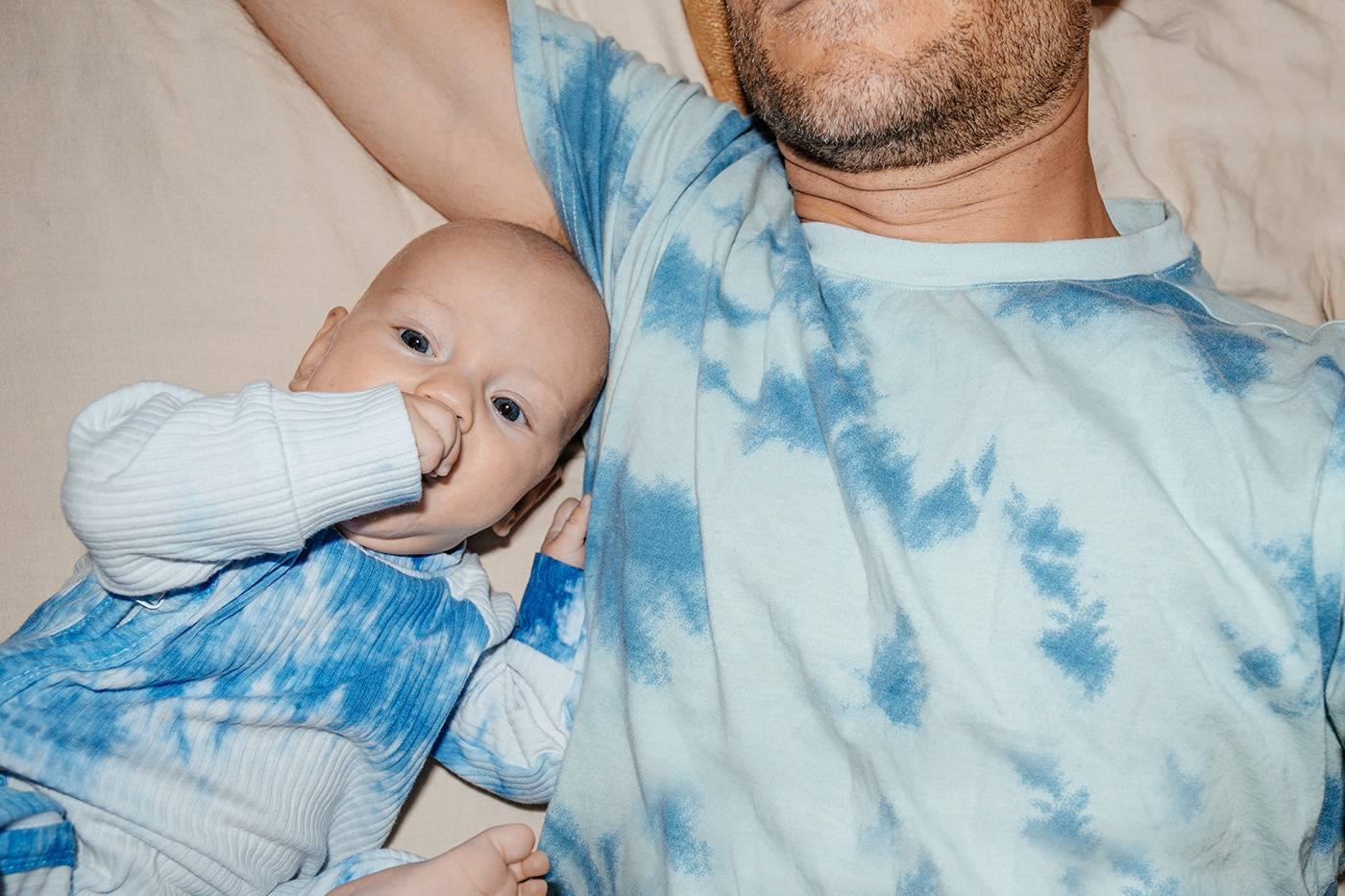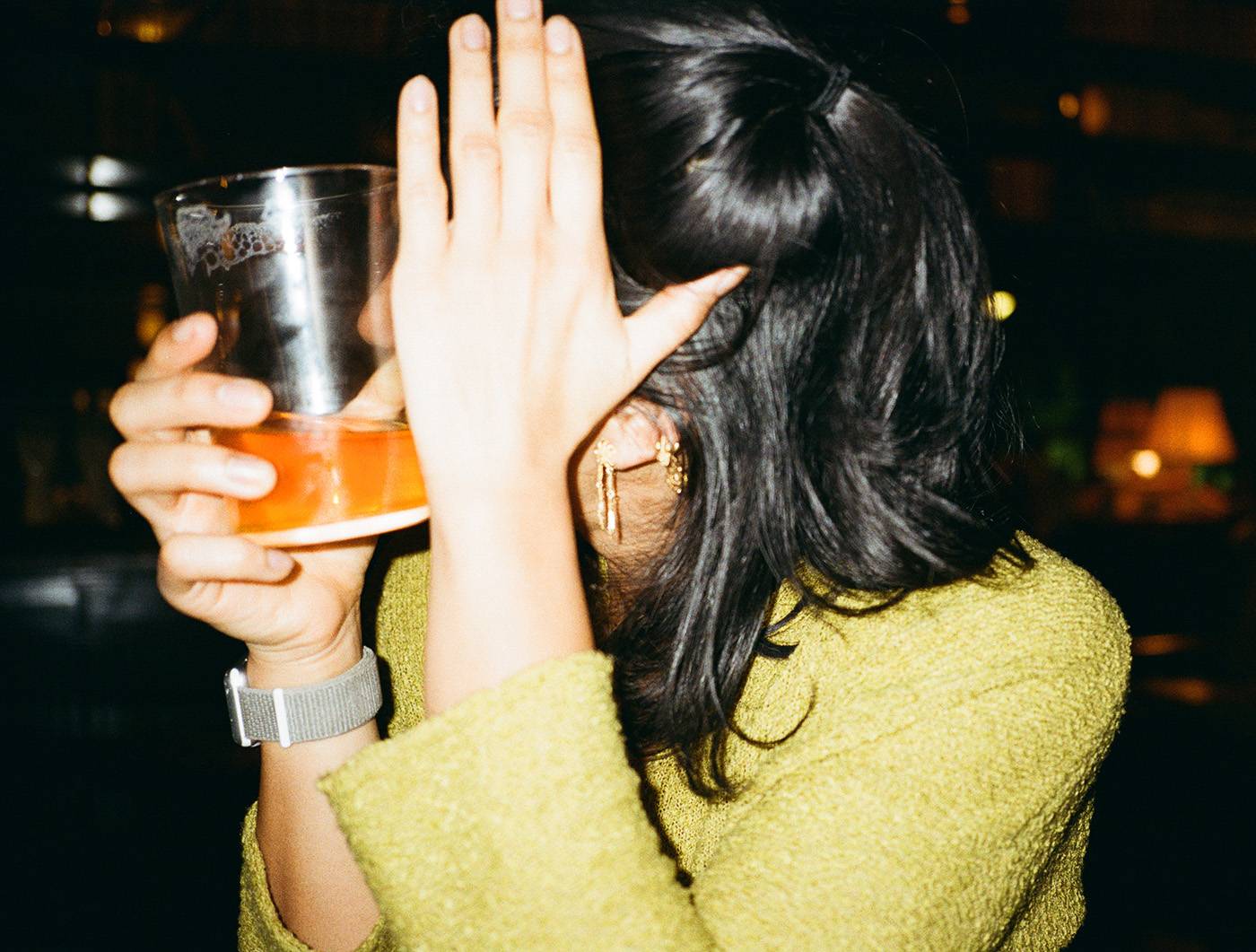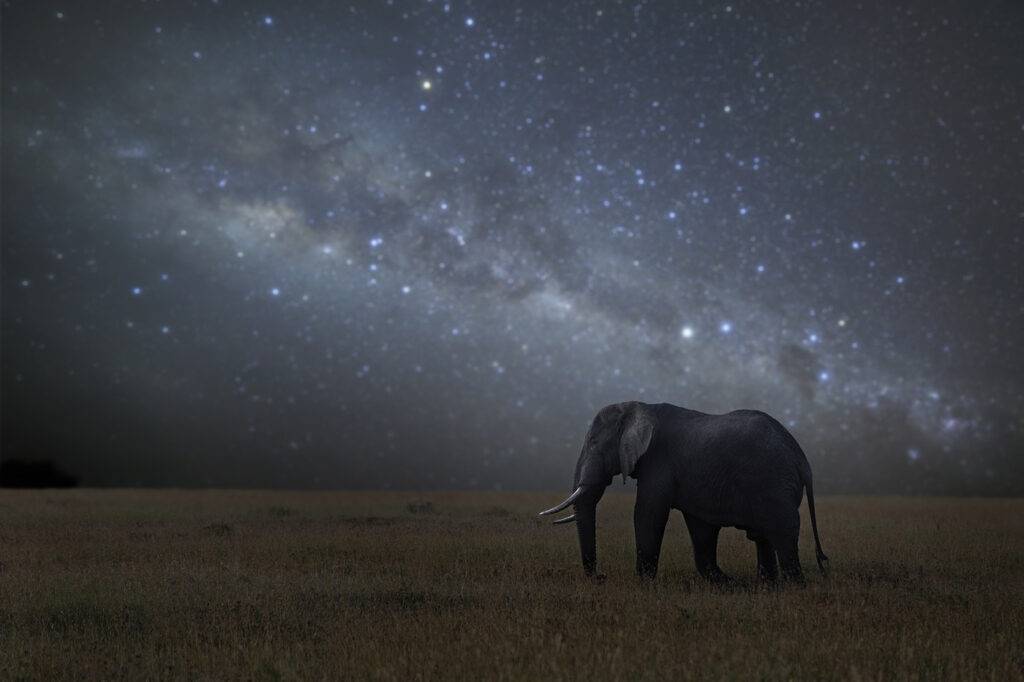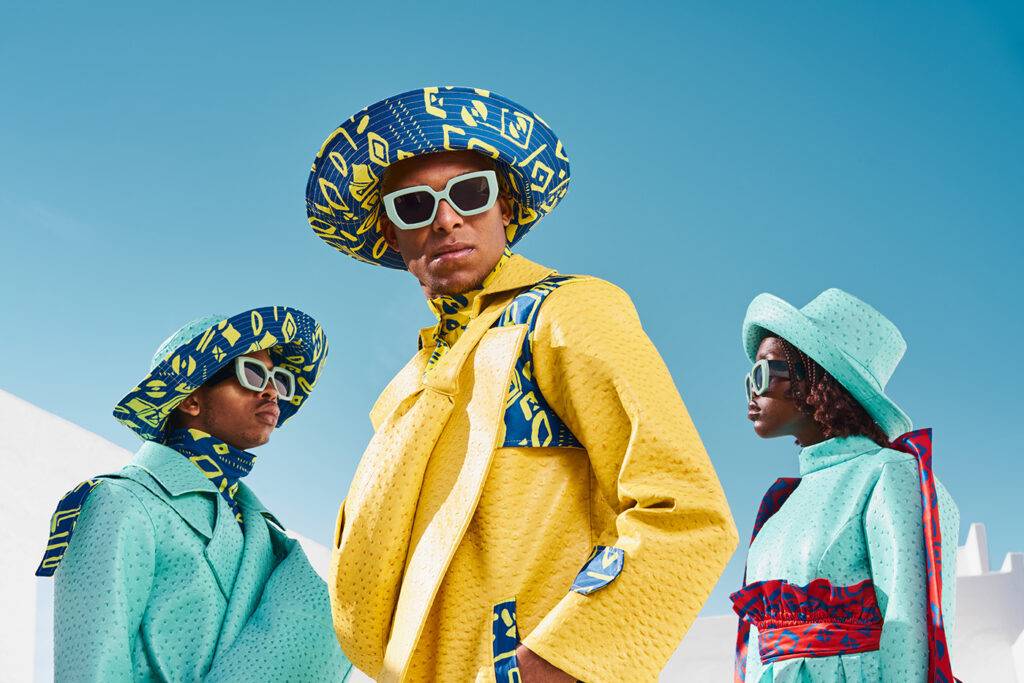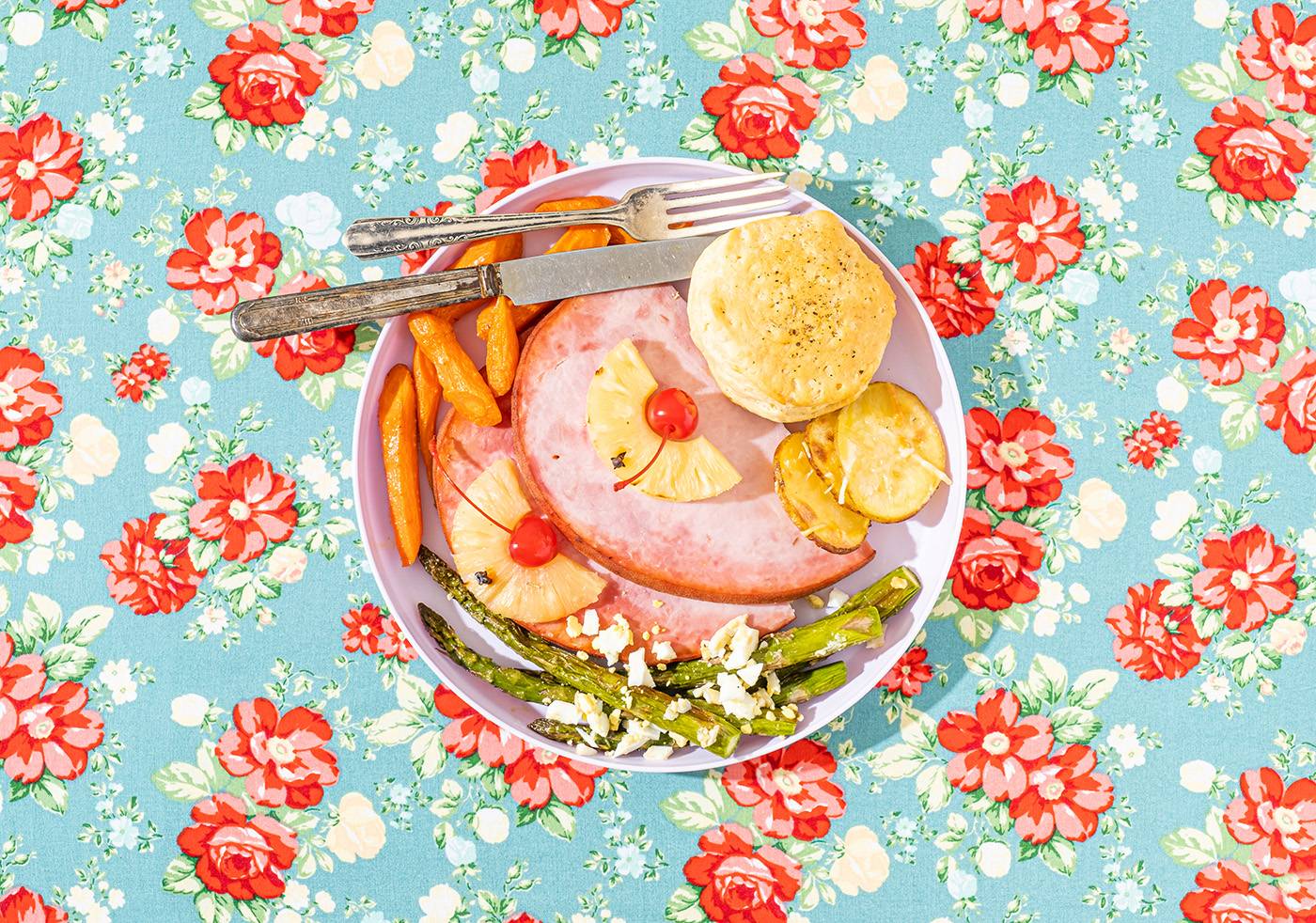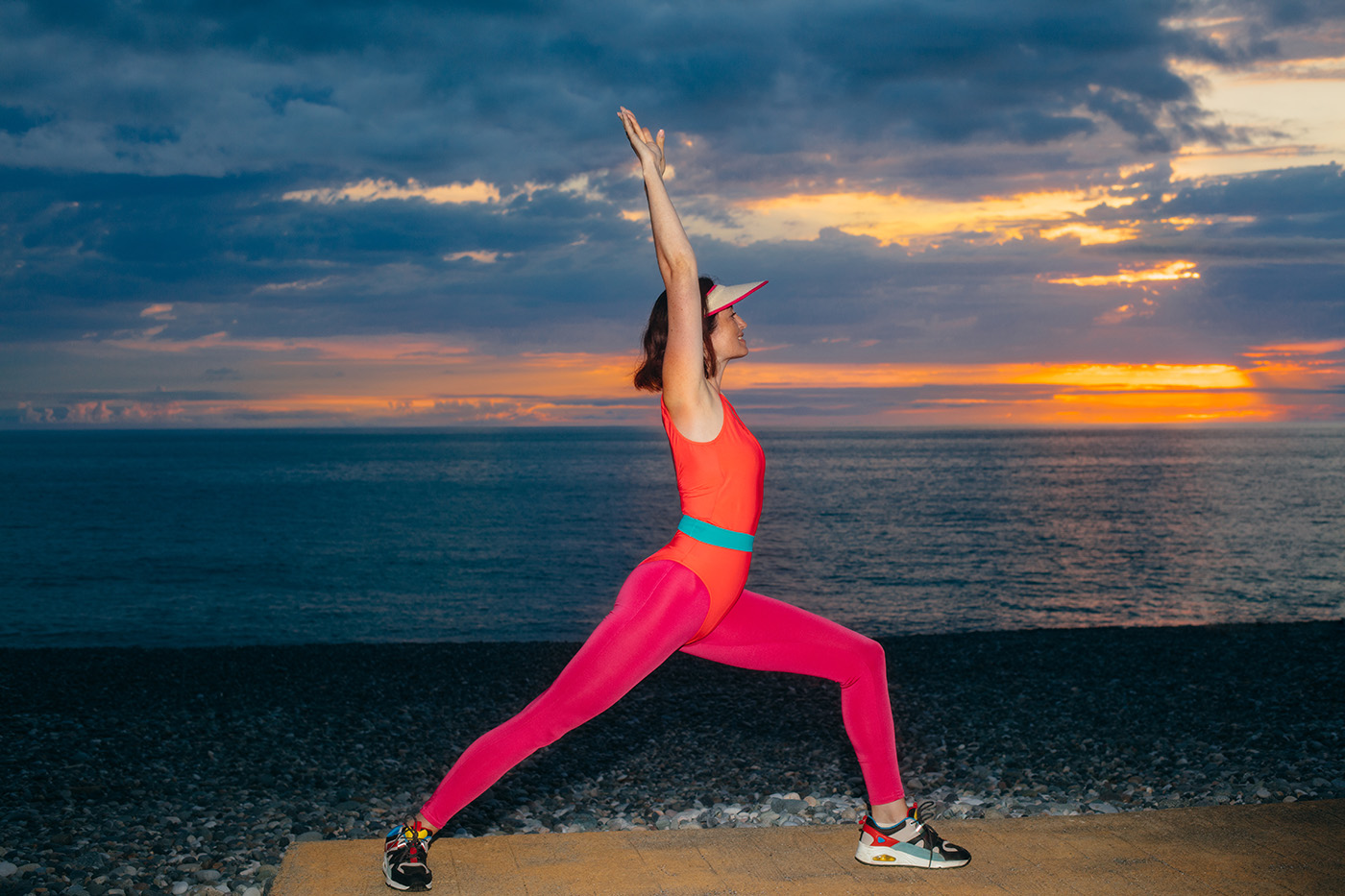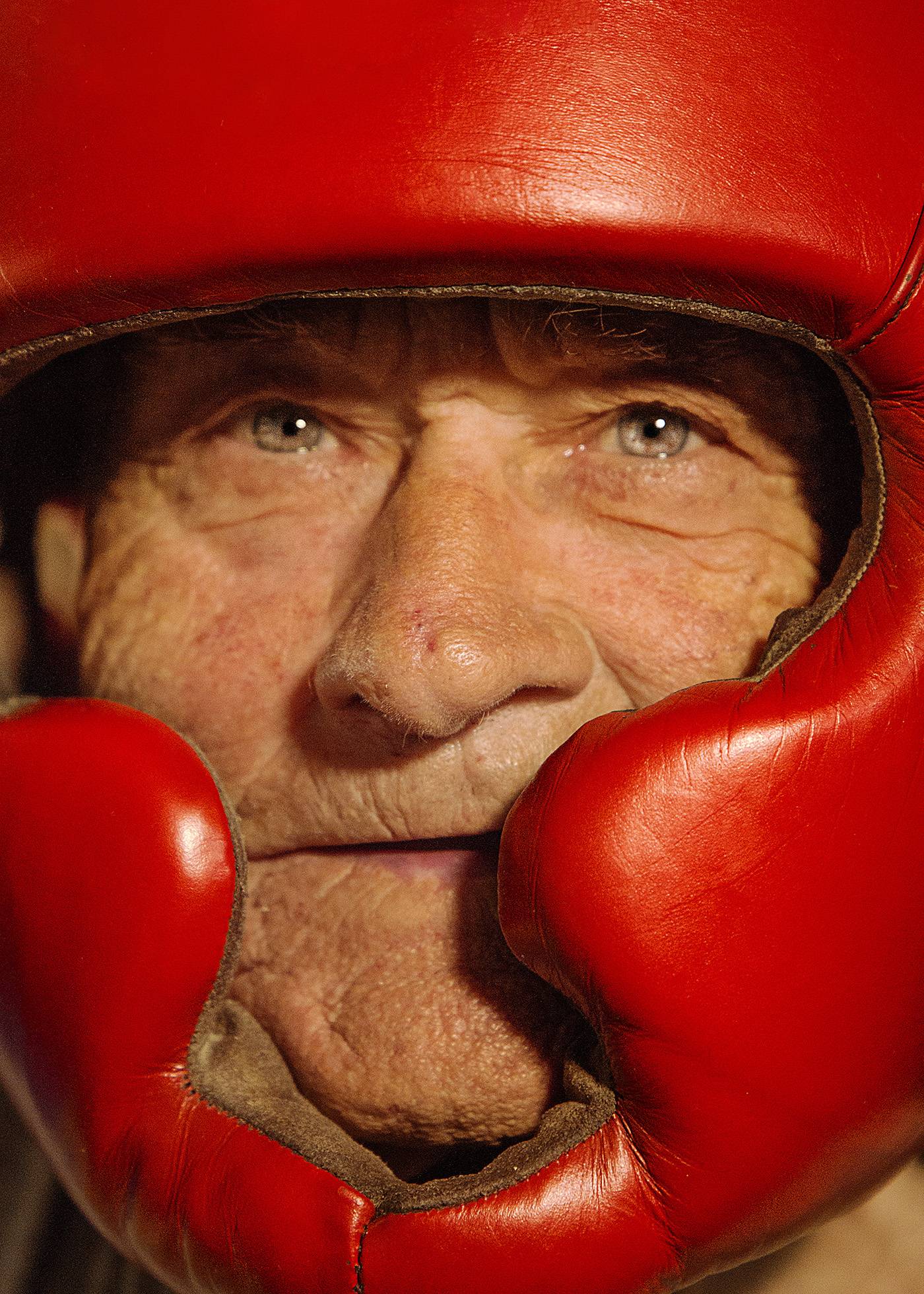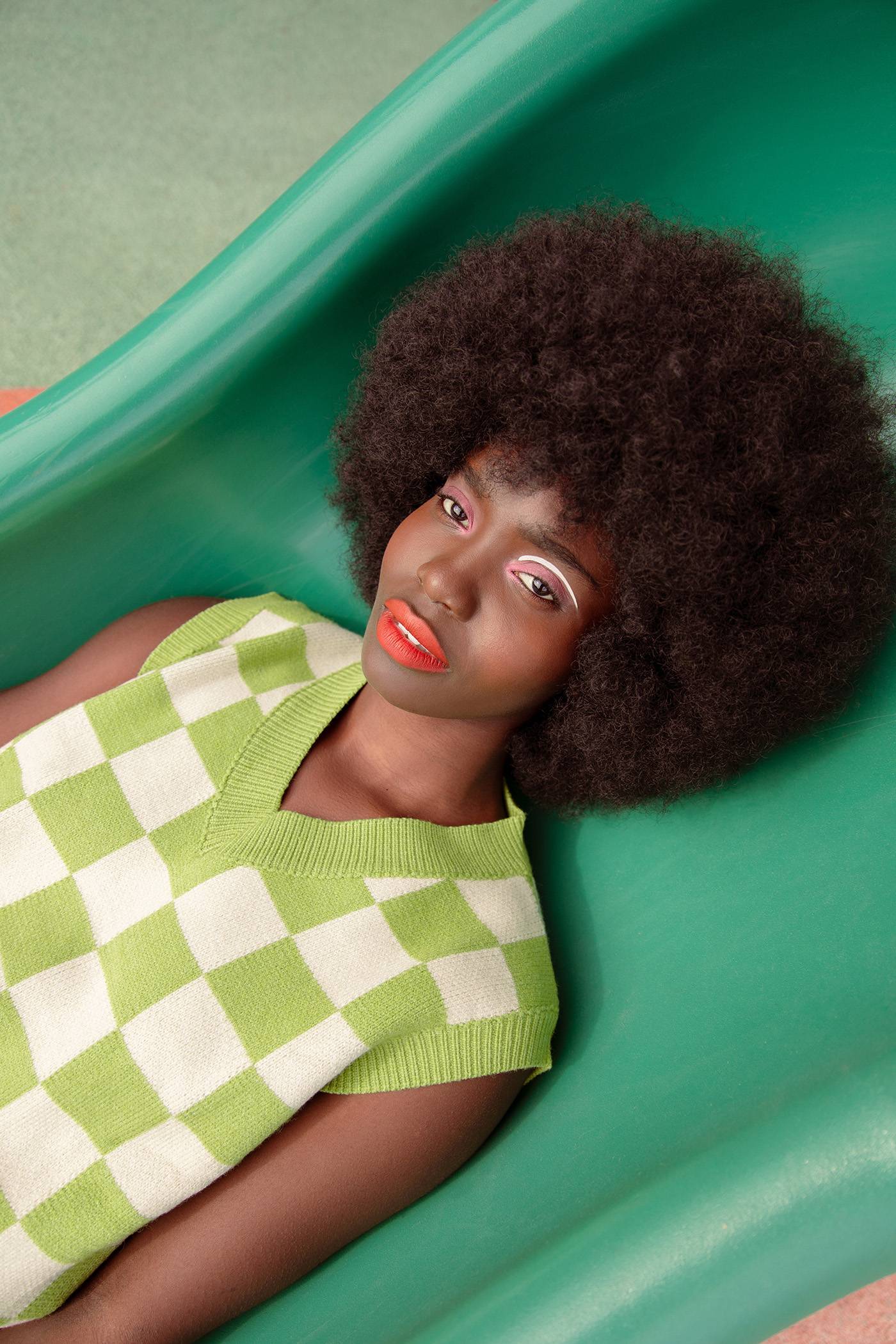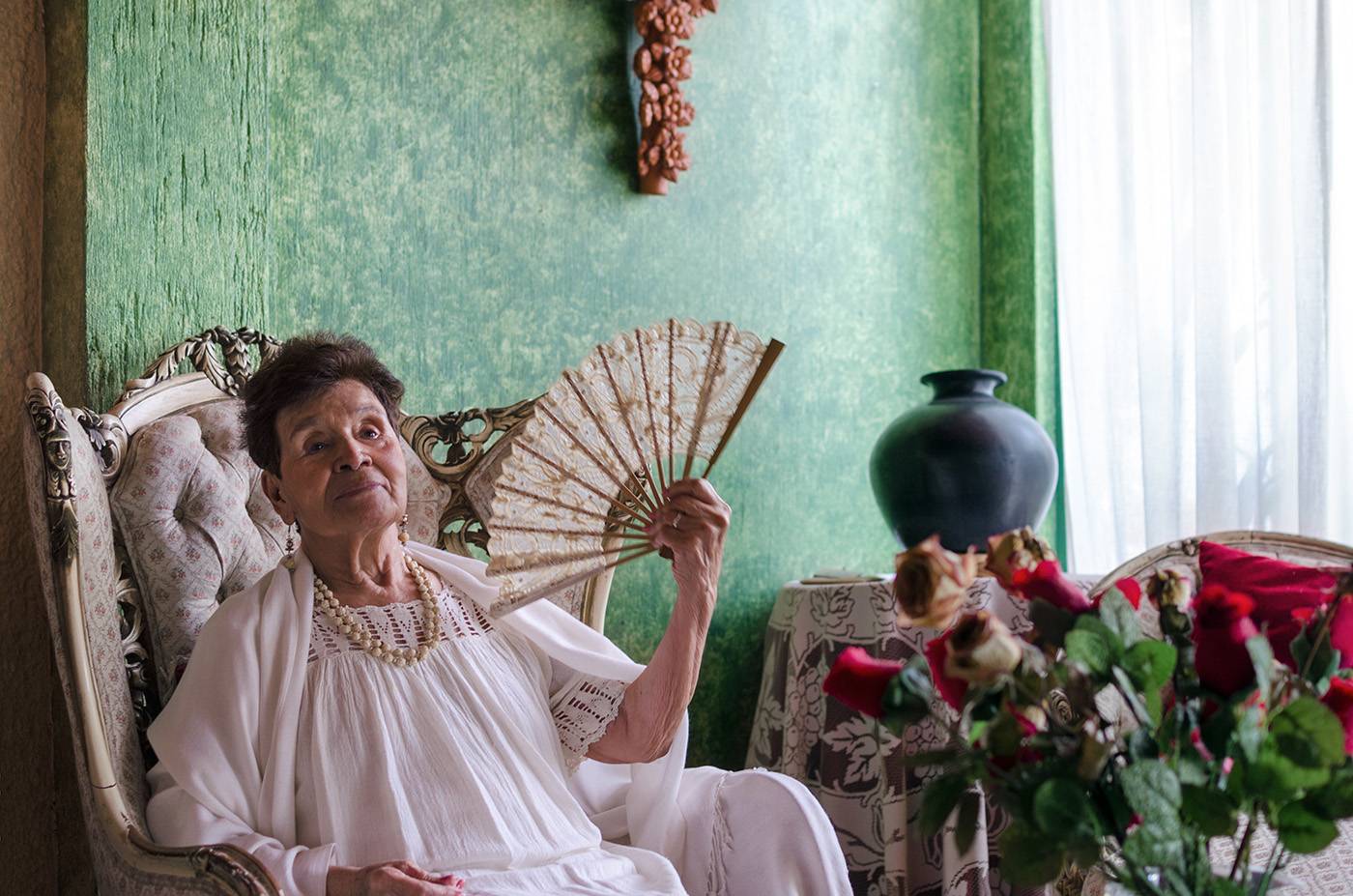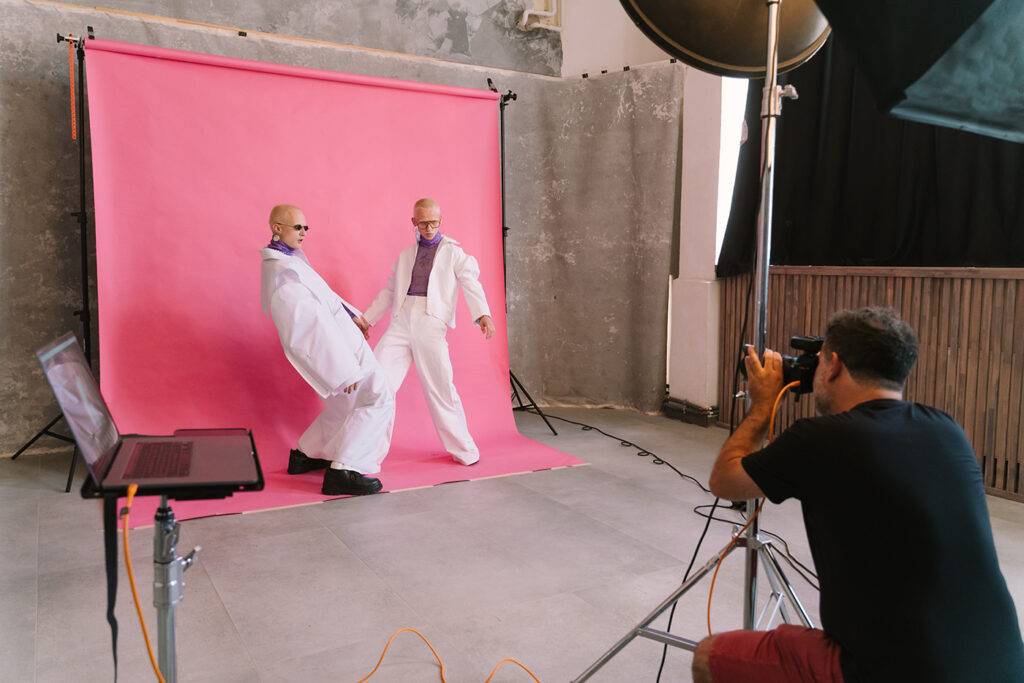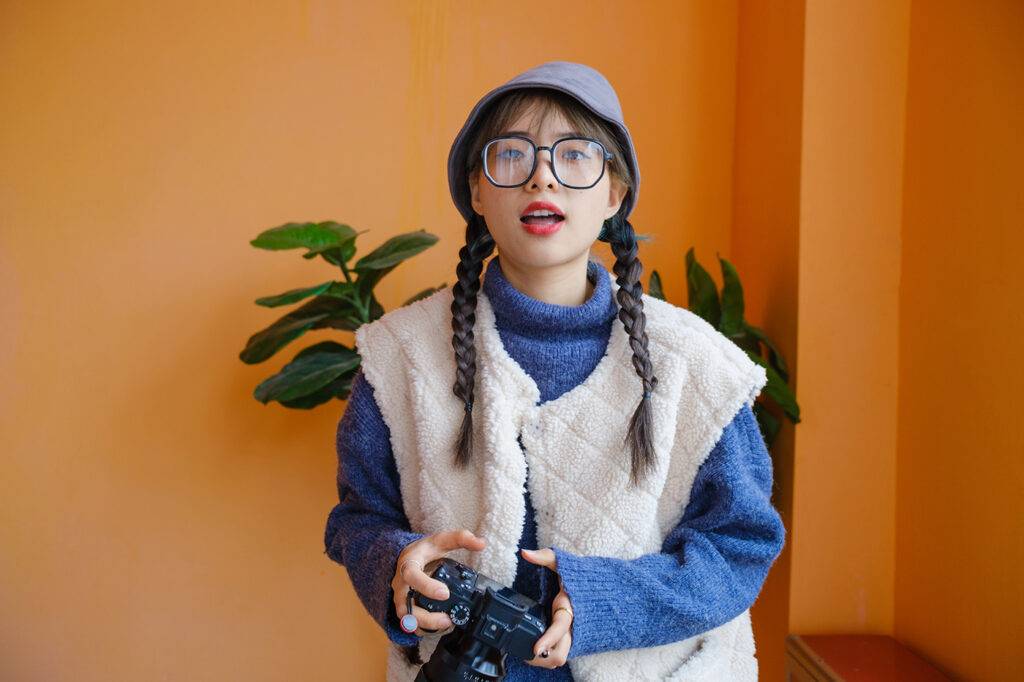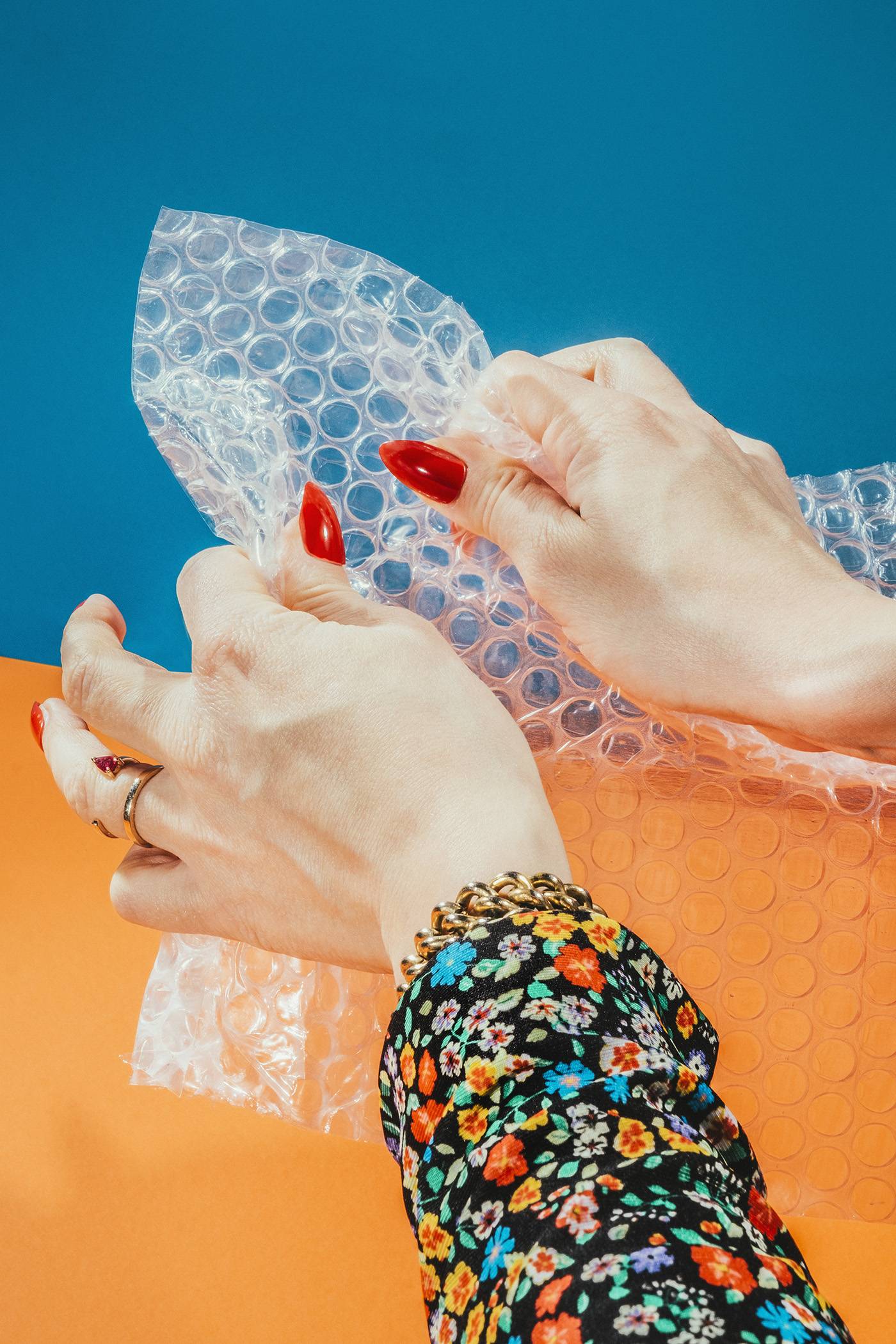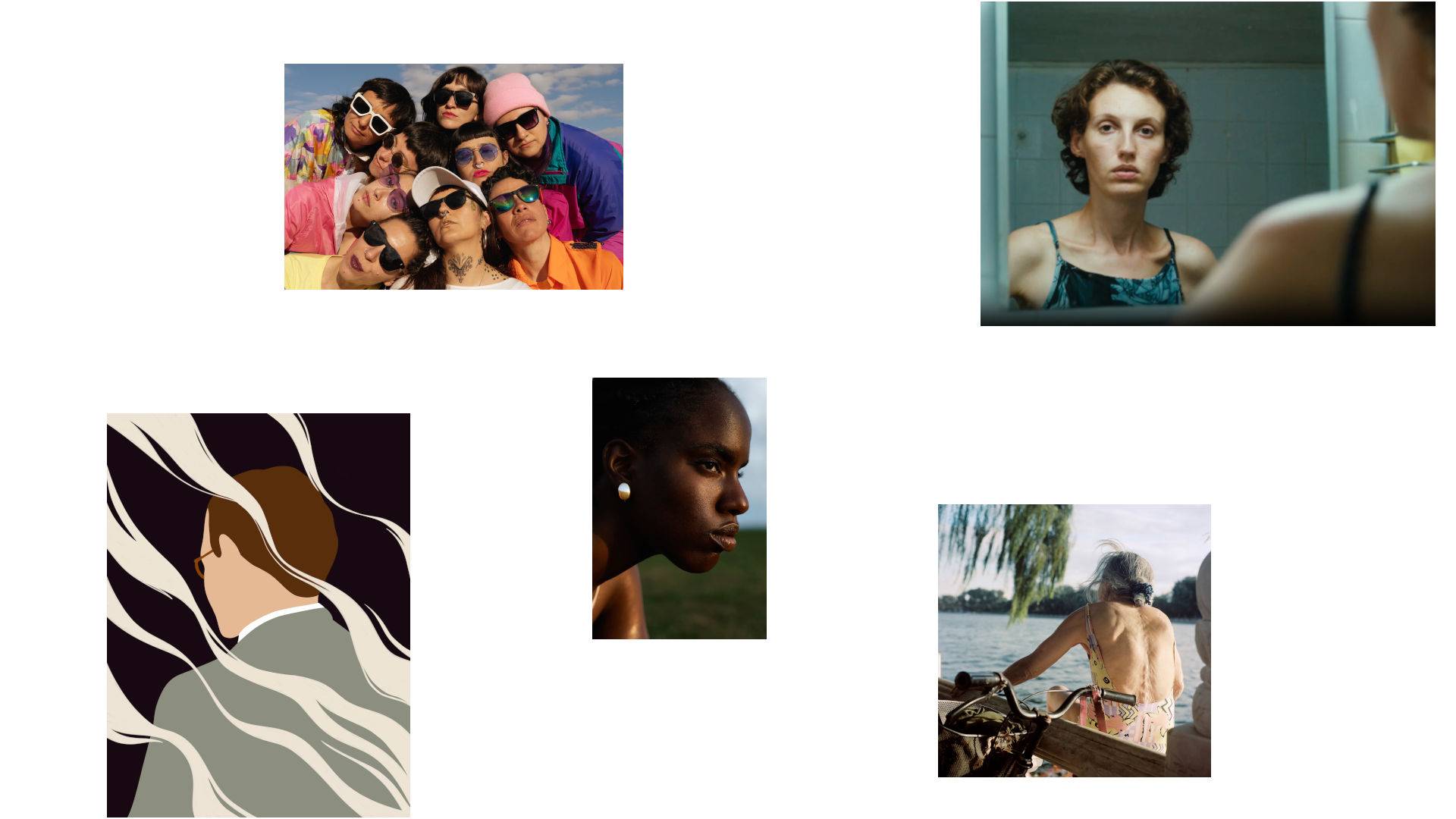What is stock media?
Stock media is digital content that is hosted in a central location and can be licensed for a fee. Stock media can be any kind of visual medium like stock photography, stock footage, stock illustrations, or vectors, and can also include audio media like stock music clips and sound effects. Stock media is used in several applications, from advertising, publishing, major motion pictures, movie trailers, documentaries, and more. In a digital-first economy, stock media saves clients both time and money while offering flexibility, sustainability, accessibility, and inspiration.
Why do people use stock photography?
Stock photography saves money
Custom editorial shoots are a common need for advertisers and brands to fulfill content needs across channels and campaigns. The plus side of custom shoots is that they are direct products of a brand’s vision from ideation to execution. The downside is that they are often big undertakings that require resources and time to organize and big budgets to execute. A suitable team must first be sourced, a creative brief and vision must be delivered to a team, models and locations need choosing, communications need maintaining, and timelines need to be abided by. At the end of a custom shoot, the hope is that the client’s vision will be realized. With growing concerns on sustainability and carbon footprint, many progressive organizations are looking to alternatives like stock.
Stock photos are an affordable solution to growing content needs, especially when they look and feel like a custom shoot. The public can access high-quality content without the hefty price tag for as low as $15 per image licensed. Stock photos not only save budgets by offering a more affordable visual content option, but also saves time and precious resources which also impact organizations budgets.
Learn more about stock photo pricing

Save time with stock photos
Custom commerical and editorial shoots take time to source, organize, shoot, edit, and deliver. As speed to market is crucial for marketers and creatives, stock photography offers a great option for executing on deliverables and timelines without compromising quality. New search tools, improved AI capabilities, and platform support teams make it easier than ever to find the perfect stock images quickly and efficiently.
Not all stock libraries are created equal, however. Scanning through pages and pages of junk to find the right photo for your project or campaign can be a huge waste of time. That’s why stock libraries like Stocksy are effective time savers. Hand-curated content in a tightly edited and vetted collection helps you find the photos you need to stand out from competitors quickly. No scrolling through thousands of duds to find your diamond.

Get photo flexibility
Another benefit of using stock photography is that it is always on hand. Unless an asset is market frozen by another client (meaning they have licensed it for a fee so that no competitors are able to license the same asset for a period of time), the whole content library is available for licensing. Clients looking to execute a social media campaign or create thumbnails for a blog content series can always find something suitable at all hours. No middle man is needed, no communications necessary, just a simple search and purchase, and the stock image chosen is immediately ready to be implemented.
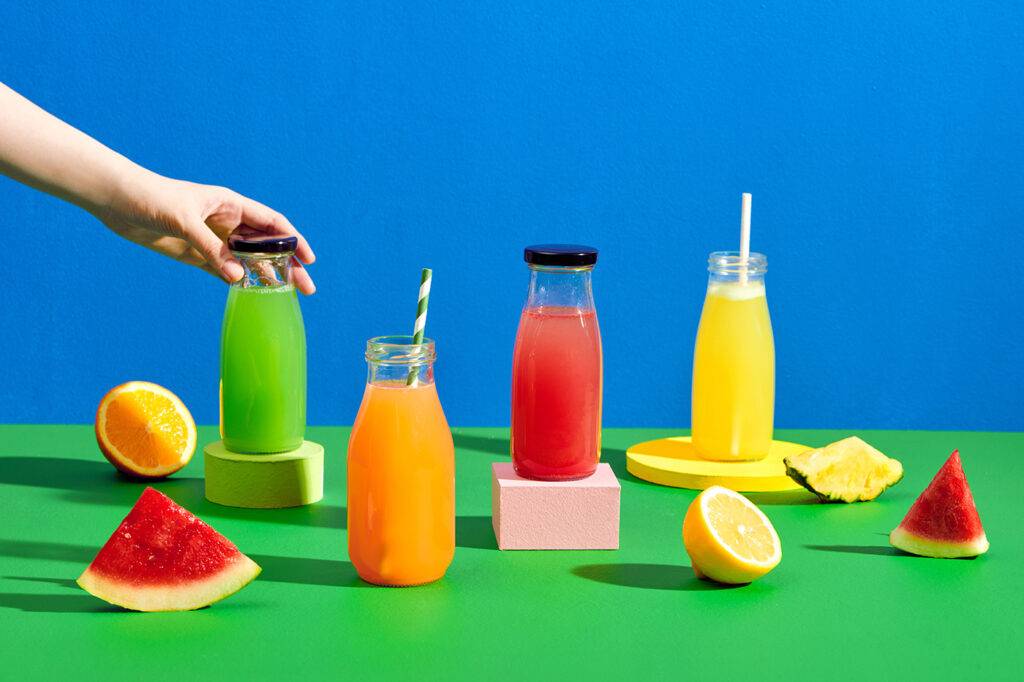
Who can use stock photography?
Individuals
Personal brands and people looking for imagery to service their needs can shop for stock photos at will. There is no requirement for a business license or number to register to search stock photo libraries and license content. Anyone can simply sign up for an account and start shopping libraries of quality stock photos to service any project. Party posters, postcards, wall art, stagette swag, even if the stock photos aren’t for business purposes, the options are limitless for creating personalized content for friends and family.
Small and medium-sized businesses
Small to medium businesses shop for stock photography for an array of purposes. Blog posts, webinars, infographics, website imagery, digital ads, organic social media, you name it — anyone with content needs can shop for stock photos to achieve their business and content marketing goals. The pricing and availability of stock photos is an appealing option for start ups and entrepreneurs on tighter budgets and with less resources. Stock photography has made it easier for SMBs to grow their businesses without taking out loans or seeking out investment before they’re ready.
Big businesses
The use of stock photography is not relegated to companies with limited resources and constrained budgets. Large businesses and corporations use stock media and stock photography specifically in countless campaigns, projects, pitches, marketing collateral, commercials, you name it. Stock photography is used by most, if not all, of the fortune 500 companies, big production houses, and household names. We should know we have worked with over 50% of the fortune 500 companies.
Commercial vs. Editorial stock photography
Commercial stock photography and Editorial stock photography differ greatly from one another primarily by how they will be licensed.
Editorial photography
Usually used in newspapers and magazines, editorial photography incorporates aspects of fashion, sports, and event photography, typically shot in a candid nature. Generally, these types of photos are meant to illustrate a story that’s newsworthy, educational, and/or informative. These are often used in real time when a story is happening.
Since these images are meant to be shown in printed media, they tend to accompany the text, giving additional visual context to a storyline or project. Different from commercial and advertising images, editorial shots are used to accompany articles and therefore fall under a particular licensing model.
Editorial shots usually can’t be used for commercial purposes to sell a product unless the photographer gets appropriate model or property releases. Buyers who purchase these types of photographs from stock agencies are responsible for following the licensing conditions.
Commercial photography
Commercial photography is taken specifically for commercial use, usually to promote or sell a product or service. Photographers are hired to take product shots to be used in marketing collateral like brochures, menus, pamphlets, and beyond. Images of services can be staged using models or staff. Food photography, fashion photography, and product photography sometimes double as commercial photography. Headshots are another popular piece of the puzzle for this genre.
Confirming the type and amount of shots, as well as figuring out must-have shots versus nice-to-haves, will help ensure that a commissioned photographer can deliver what their client needs.
Where do stock photos get used?
Publishing
Newspapers, digital publications, and blogs often use stock media to illustrate themes that don’t require full campaigns or editorial shoots. Stock photo blog thumbnails are used to showcase the article theme in a snapshot, while stock photos are used throughout the article to illustrate the meaning of singular paragraphs, tying the whole article together with stock visuals. Newspapers will use stock photos in articles and promotional materials. Digital publications use stock photos to illustrate concepts and aid written communications with engaging visual content.
Traditional advertising
Stock photos can be used for ads in small newspapers, digital google display ads, on the back of buses, and on giant billboards. Advertisers make great use of stock photos as they save budgets, offer flexibility, and don’t compromise quality.
The multitude of shots needed for a brand campaign can be very broad. Stock photography can service all campaign needs — the only thing needed outside of stock media is the product itself. Stock photo shoots can service campaign needs by offering several shots of the same model and setting from different angles giving the impression of a custom editorial shoot.
For example, when a big athletics brand launches a new women’s boxing line, they will need imagery of women boxing, close-ups of boxing gloves, boxing gyms, women in fitness training, participating in warm-ups and cool-downs. Stock photo shoots can cover all these angles and environmental variations.
Digital
Many advertisements these days are digital – the native ads that show up on the sidebar of a browser window or at the beginning of watching a video often incorporate stock photos. Commercials and static image ads all utilize stock photography to communicate brand values, promote a specific campaign, provoke an emotion or share an idea, often using several stock media assets for each ad. Imagery is very important in digital ads to stop the scroll of the platform viewer.
Billboards and other print advertising mediums use stock photography in similar ways to digital, but print often needs to communicate more of the message at first glance and must do so in one image. This is why premium quality stock photography is so essential for marketers and advertisers — they say an image is worth 1000 words (although we think much more), and that image needs to communicate the right words in the best quality possible.
Stock photography can be purchased at different sizes and prices so clients are able to license stock photos with a high enough resolution to print on an extra-large billboard and look high quality to a potential customer driving by.
Social media
Advertisers use stock photography in their paid social media strategies as well as unpaid (aka organic). Stock photos can service a brand’s entire Instagram feed and achieve a look that is authentic and original looking. Just look at ours for example. Stock photos of people and objects as well as backgrounds for digital augmentation, are used in social media strategies. Social media promotions can make use of stock photos with ample copy space by having the image illustrate a theme accompanied by applied copy that communicates the offer.
What kinds of stock photography are there?
Conceptual stock photography
Sometimes, a client needs to get an idea or concept across visually that a photo of people or real-life circumstances can’t quite encapsulate in one frame. A conceptual photo often makes use of props and digital renderings to put forth ideas that convey simple themes or commentary.
Example: A typewriter printing money for instance, may communicate a traditional method for making money or perhaps could accompany an article or advertisement about how printed money is becoming a thing of the past with plastic cards and bitcoin replacing cash, similar to computers replacing typewriters.
People can be present in conceptual stock photos too, but often in a more abstract and unusual way.
Example: A red flower in a woman’s lap can represent menstrual cycles or sexual health or perhaps a photo of two people stuffed into one sweater could communicate claustrophobia, the irritation of living with roommates, or a couple entering a contract together.
The interpretations of conceptual stock photography are virtually limitless and are up to the media buyer to position the photo alongside text or captions so it conveys the central message of the campaign. Conceptual stock photography can be a lot of fun to work with because it offers plenty of space for creativity for both the photographer and the marketer. Photographers can play with ideas and unusual imagery, while marketers, designers, and photo buyers can utilize stock photos that surprise and inspire thoughtfulness and intrigue in their audiences. Unusual imagery often leads to an audience scroll stop and incites more time spent on a page or ad, which helps marketers and brands with engagement and encourages click-throughs.
Studio stock photography
Studio photography is often high-end polished work that involves more intricate setups than a simple camera and subject. Studio spaces alone can incur high costs, whether renting by the hour, day, or monthly. Adding in the equipment needed further costs involved in a shoot. Adjustable lighting kits, photography backdrops, softboxes and reflectors, tripods and accessories, props, and decor can all be involved in a studio shoot. But with stock, the client gets a high-resolution, professional execution suitable for big brand campaigns that call for a polished look without the hefty price tag.
UGC stock
User-generated content is a relatively new trend that is gaining popularity in the stock media industry. This kind of content is often taken with more hobbyist tools like smartphones or inexpensive point-and-shoot cameras. UGC content has risen in recent years as a response to the obsessively over-perfected Instagram aesthetic that dominated the early 2010s. UGC content can be authentically user generated, taking the form of selfies, raw and uncut candid moments, and unpolished captures purposely taken from the point of view of the photographer. The aim is to show the audience a capture of real life that is authentic, relatable and accessible.
Stock photo companies can provide UGC content, and they can also provide UGC-stylized content that communicates the raw authenticity that audiences and marketers are looking for. This makes use of more b-roll photos and “in-between” moments that may have been overlooked in the past. Blur, flash, awkward snapshots, and camera-aware UGC photos are readily available from stock libraries and help to balance out the high-production studio shots they are known for.
Film stock
Film photography is making a huge comeback as more Gen Z audiences are turning to retro and vintage analog products as a respite from superfluous digital tools. The process of capturing film photography is an exercise in delayed gratification and intention. Each shot is precious and unique. This rarity makes film stock photography a growing commodity in today’s media. Many digital photo augmentation and editing apps like Photoshop, Canva, and Gimp, or Instagram and Snapchat filters offer methods for turning digital photos into film-like photos. But the result is often more obviously a manipulation of a photo. Film stock photography captures a more raw and UGC-style type of trending content.
Stock Photo subjects
Nature photos
Nature stock photography includes any imagery that contains subjects from the natural world. Wildlife photography can range from images of wild buffalo herds captured from above to the detailed micro world of insects. Nature photography also includes undersea creatures as well as photos of plants and flowers in their immediate environment.
Lifestyle stock photos
Lifestyle stock photography captures people in candid environments engaging in activities that tell a story about the scene. People engaging in authentic moments is what clients look for for the most part when shopping for lifestyle stock photography. The image should show a scene that is relatable or aspirational and tells a narrative. Lifestyle photos can be of single subjects, couples, or can include groups and crowds of people, depending on the subject matter. See curated lifestyle stock photos here.
Holiday and seasonal photos
Holiday and seasonal stock photography focus on holidays and observances that can be expressed in imagery. Christmas stock photography is one of the most popular and highly sought-after types of content but all winter holiday stock photos are popular, including Hanukkah, Kwanzaa, Lunar New Year, and New Year’s Eve. In addition to North American winter holidays, observances like Thanksgiving, Valentine’s Day, Easter, Mother’s Day, Father’s Day, Halloween, and more are shopped by clients looking to speak to these holidays through imagery.
Fashion photos
Fashion stock photos include models of all sizes and ages showcasing more high fashion clothing and accessories. They often are in studio settings but can also include streetstyle photography in urban or rural settings depending on the photographer’s vision.
Food and drink stock photos
Food stock photography is harder to capture than it looks. Often food stylists are hired to assemble food shots in such a way to make the food look appealing. Additional elements like plate ware, props, and models can be incorporated to enhance the food shot and give it scale. Sometimes food will even be painted or coated to give the illusion of freshness. Drink photography can be equally challenging to capture, milk often being replaced with milky substances like glue to better capture dimension and fabvourable textures.
Medical stock photos
Medical stock photography often includes imagery of doctors and nurses performing procedures, visiting patients, and conducting examinations, It can also capture environmental shots like hospital hallways, emergency rooms, waiting rooms, and labs. Medical stock photography can get more detailed as well, with shots of instruments like microscopes, stethoscopes, beakers, operating tables, and more. For this type of photography anotomical and situational correctness is especially important. At Stocksy we often hear clients praising the high quality medical images in our collection.
Business stock photos
Modern business stock photography covers an array of topics in the business world, from entrepreneurs to big corporations operating in their day-to-day activities. Entrepreneurial stock photography tends to show more imagery of single people working on laptops in cafes, at home, or operating small businesses from a shop. Medium to large business stock photography showcases more board meetings, commuting to work, office culture, brainstorming, and team collaboration.
Conceptual business stock photography has the advantage of showing more elements related to corporate ladder climbing, money gains or losses, transactions, ideation, and more business concepts that cannot be expressed through lifestyle stock photos.
Family photos
Family stock photos are often lifestyle images that capture family dynamics and day-to-day family activities. They can be models posing as families, entire hired families, or often the families of the photographers. This makes it easy for photographers to capture candid moments of events like birthdays, bar mitzvahs, first steps, family vacations, and more, as well as everyday mundane activities like eating lunch and taking out the trash.
See how you can showcase families getting fed up in our Family Feast gallery
Fitness stock photos
Fitness stock photography captures an array of fitness activities. Running, lifting weights at the gym, and doing push-ups and sit-ups are standard in fitness stock photography. Yoga stock photos have become a popular category in the past 5-10 years, as well as lower-impact fitness like stretching, walking with walking sticks, and swimming. Fitness stock photos can be conceptual or realistic, depending on the campaign and need. A trend that has taken shape in this category of stock imagery is more body positive and inclusive based imagery. We are happy to see the trend of fitness for all.
Portraits
Stock photo portraits can range from posed and stylized to more stripped down and raw. They can be as visually exciting as a dramatic production or a stark, simplified setting, allowing the character’s nature to shine through. Portrait stock photography may seem simple to capture but there often is a nuanced relationship between the photographer and the model that helps the expression of the model to come out.
Expressions of sadness or happiness are most common, but when overacted, they can come across as forced and unrealistic. A talented model, a great photographer, and good direction make for authentic portraiture that supports engaging campaigns.
How to look for and choose a stock photo
Identify a concept
When searching for stock photos, it’s key to have a general idea of what you’re looking for. Moodboards are often a great way to start visualizing what your stock photo series or singular image should look like and convey. Mood boards can be made from magazine cutouts and physical pin boards or digitally in board-building software like Pinterest, Savee, Dribble, InVision, or Figma. This will give you a refined idea of what you are looking for before you dive in with keywords.
Plug in keywords
Once you have your concept or image in mind, it’s time to look for the perfect stock photo. Inputting keywords that describe what you are looking for into a search bar will return results related to those terms. This can be a great way to discover stock visuals when you are clear about your goals. If you are looking for a dog next to a Christmas tree, inputting “dog” and “Christmas” into a stock media site’s search bar will likely return several results. Maybe too many results. The more defined you are about your image goals, the better if you have a specific picture in mind. If the results are too broad and you feel overwhelmed, it’s time to refine your keyword search.
Refine your stock photo keywords
Let’s say you’re working on a Christmas campaign and you are selling your brand’s dog-friendly peanut butter. What is the scene? Is it indoor or outdoor? Are there people in the scene? What kind of dog is your target audience most enamored by? If you land on a Shiba Inu at Christmas dinner with a tree in the background, try typing those more defined keywords in. You will inevitably get more relevant results from “Shiba Inu + Christmas Tree” than “Christmas + Dog”.

Refine your search further with filters
Filters are methods that platforms use to help users hone down on the specific images they are looking for. Filters can help a broad search become much more niche by excluding parameters the user doesn’t need. Stock photography search filters can range from camera type, the number of people in an image, ethnicity, age, geographical location, camera distance, photo orientation, colors, copy space, and more. Search now to see all the filters that Stocksy has to offer.
Example: If you are searching for a woman in a winter coat in a vertical format in a blue color that matches your brand palette, you can enter “winter coat” and select the vertical format filter, female gender, single subject, isolate photo results, identify the copy space you need, and enter in the hex code or general color of your campaign. This will give you more refined results that match your vision.
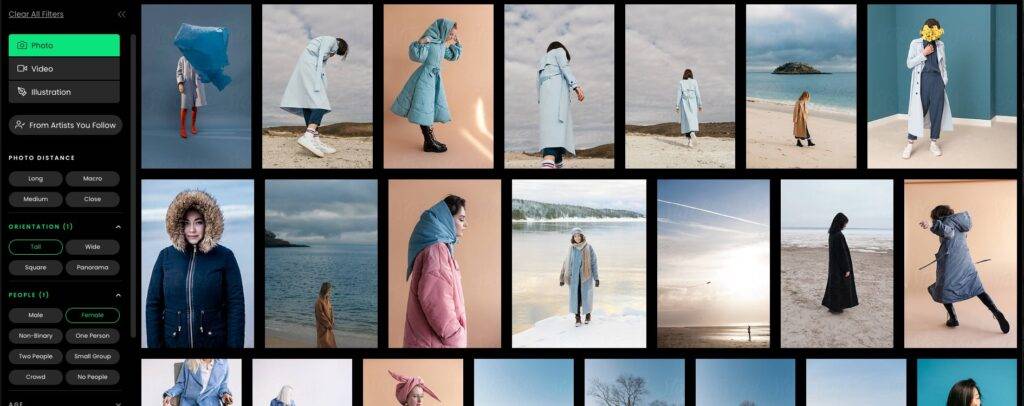
Search by Color
Color plays a major role in most brands and marketing collateral. Being able to search stock photos in your brand colors offers a great opportunity to discover specific content that aligns with your brand’s visual consistency. Search the Stocksy collection by hex code or use the slider to explore more related colors to nail a certain mood. Get inspired by search by color or use it in your filtered search.

Visually Similar
Finding the perfect photo randomly on the internet can be an exciting moment, but if it isn’t a stock photo and you need to license it for use, searching for a licensable photo just like it can be a long and tedious endeavor.
Tools like Stocky’s Visually Similar solve the problem by using advanced machine learning to find stock photos that look like your reference image in seconds. Simply click the camera plus icon in the search bar at Stocksy and drop your reference image into the pop-up drop zone to render 200+ results. Learn more about this functionality here.
Conceptually Similar
If you’ve found a stock photo with the right elements, mood, or vibe, but isn’t quite the perfect fit for your message, Stocksy’s advanced machine learning Conceptually Similar tool offers stock assets that match your tone. When Visually Similar is giving too many literal results, Conceptually Smilar offers more nuanced take on the atmosphere and subject matter in an image. Get endless inspiration and ideas from Conceptually Similar by scrolling down on any asset details page to see what Stocksy’s AI renders. Learn more about this functionality here.
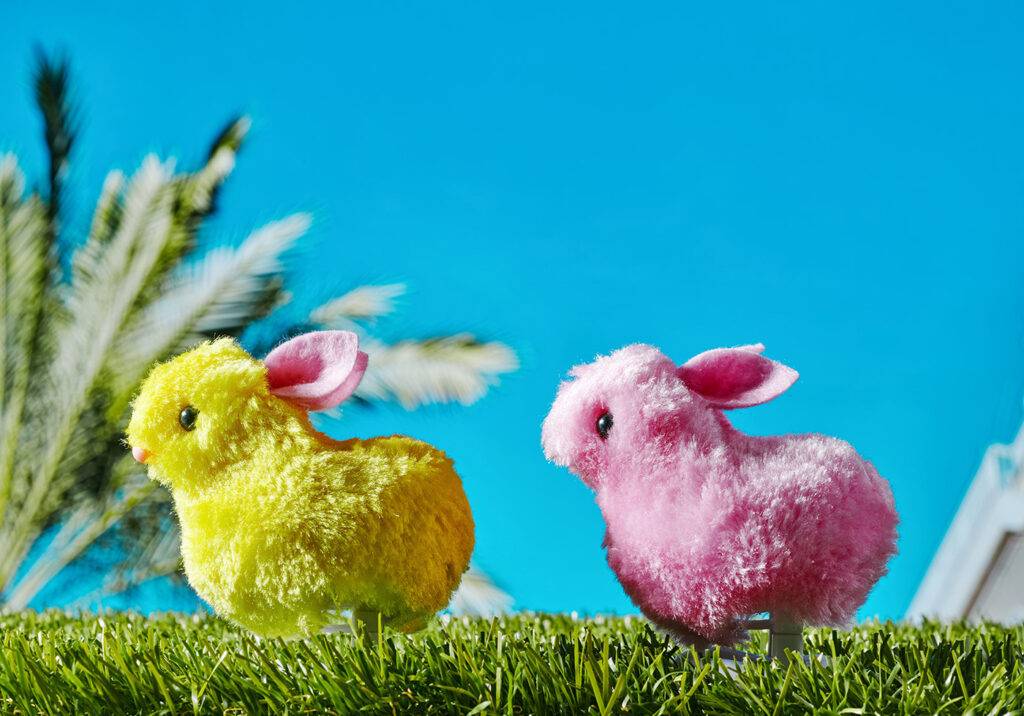
Start with your reference image…
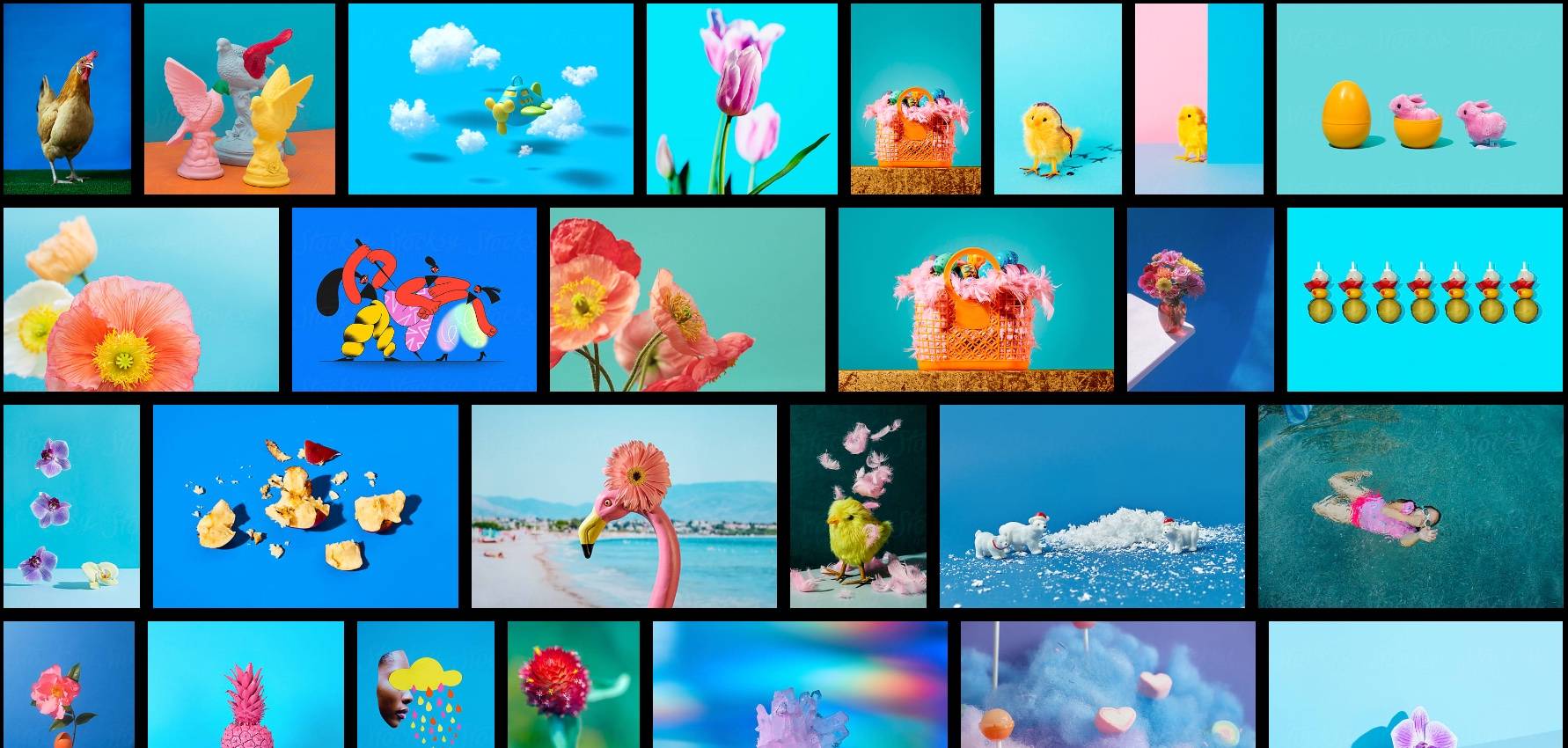
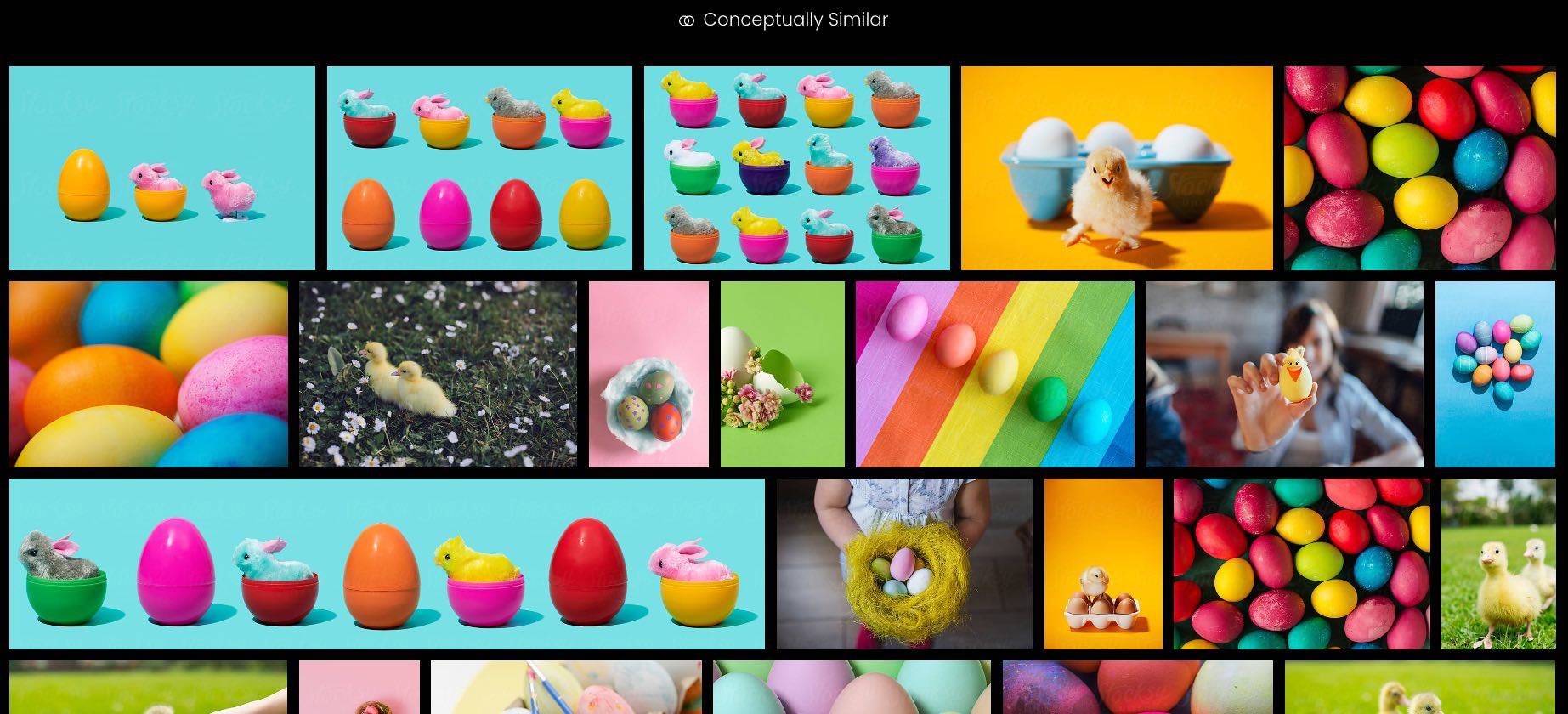
Explore shoots
Often, when brands create campaigns and ads, a cohesion of subject matter is elemental to tying in the concept or theme. This can be achieved by hiring a team to create a custom shoot, or Stocksy Shoots can be used as a much more time-sensitive and budget-friendly option. Shoots are collections of stock photos and/or videos in a series from the same shoot. Like custom shoots, Stocksy Shoots help to tell narrative stories and offer several angles, lighting options, and variations on setting so brands have access to a collection of imagery that can span across mediums, sizes, and channels. Find Stocksy Shoots under the asset on an asset details page.
Search by model
When developing a campaign, visual consistency is important to create memorable messages and convert new customers. Visual consistency can be achieved in many ways from colors, to copy, to treatments, and also model repetition. Give a campaign a custom shoot feel by searching stock photos that include the same models across all imagery. Find this feature on Stocksy by scrolling down from a specific asset page to the “From This Model” button where you can discover all Stocksy stock photos including that model.

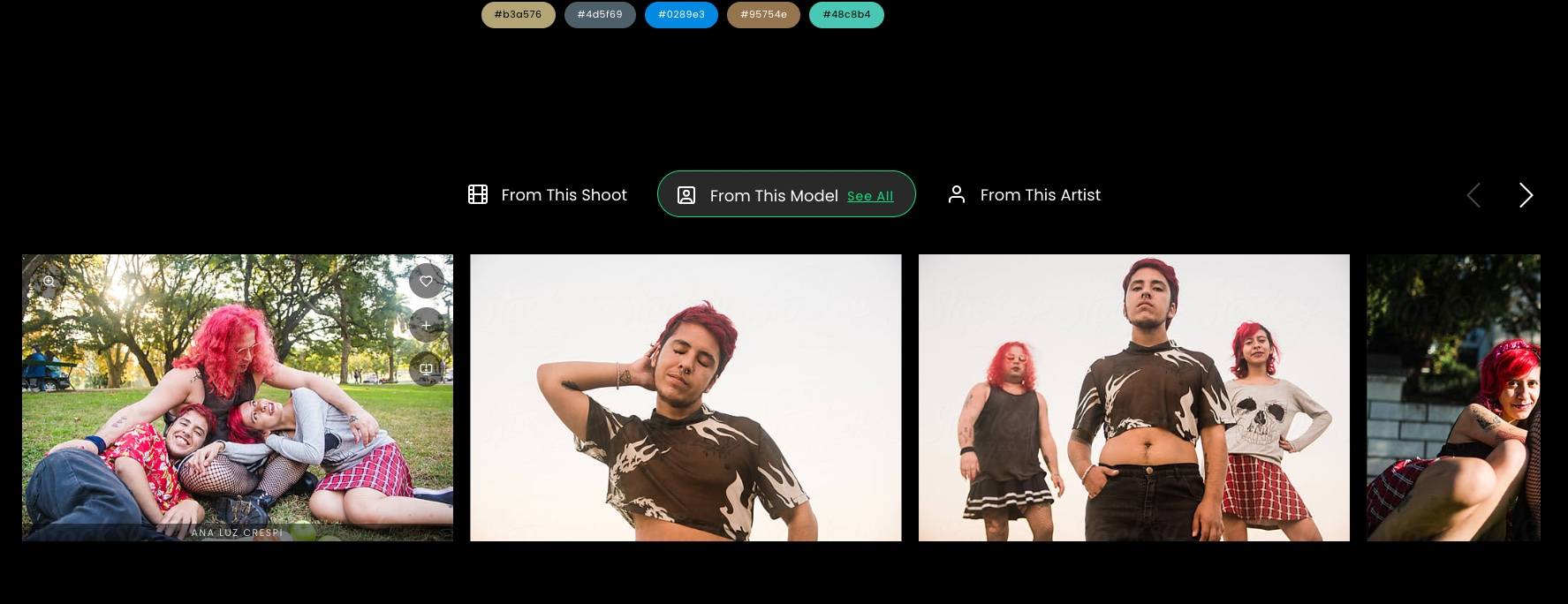
Creative research
Sometimes, despite all the search and discovery tools available, you can’t find the right visuals for your specific project. This is where our humans come in. Stocksy’s talented Creative Research can help our clients by creating custom galleries that include stock photos aligned with your brief.
Stocksy’s Creative Research team has intimate knowledge of Stocksy’s artists and collection and an adept understanding of all the search and discovery tools to quickly surface the best content. Before they build custom galleries, the Creative Research team immerses in your brand, takes the time to understand the nuances of your media requirements, and approaches the project from your brand’s perspective.
Some agencies charge extra for white glove services like Creative Research — Stocksy’s Creative research is complimentary.
Dated tropes to avoid when choosing stock photos
Stock photography originated in the 1920s with the printing press. Once created to service common subjects needed in the advertising industry, stock photography evolved to service an array of subject matter. As advertising needs increased, the majority of stock photography evolved to showcase exaggerated emotional tableaus and inauthentic depictions of real life. Designed to get an idea, concept, or campaign across to an audience in a snapshot, marketers chose stock imagery that “hit you over the head” with the communication intended. Although this may have worked at one point upon its inception, overacted and staged stock photography became more problematic than helpful. What images exactly are we talking about here? You know the most common offenders:
Bad Business
Bad and outdated business stock photos often showcase familiar repeated shots. Ever seen a handshake between two men in black business suits with starchy shirts and a white background? How about a board room of plastic-looking people pointing at a fake graph, presumably talking about numbers or stocks or some such other “business stuff”? What about a bunch of suits looking at a laptop and smiling while one person gestures about something – all in tones of blue and black with yet again a white background? Or how about most sites only serving up old white men when you search “CEO”? Avoid these tropes in your work and instead, look for authentic business moments shared between colleagues. Click here to see modern representations of business.
Food photo cliches
As the 80’s fitness boom settled in, salads became the singular most popular symbol for a healthy lifestyle. And who could be healthy without being happy? Thus the woman eating a happy salad trope was born. You know the one – let’s start with a white background, a thin caucasian woman, a bowl of lettuce and cherry tomatoes, a fork, a plain tank top, and an over-exuberance for eating a bowl of dressingless leaves. Nobody laughs this hard while eating a salad. In fact, most people don’t laugh while eating anything alone. If the subject is camera aware, you can use this trope to poke fun at itself. Or, if salad needs to happen, show a realistic stock photo of what it looks like to eat salad and be happy about it.
Medical malfunctions
When people work in labs, they are often taking samples of things like blood cells or bacteria and analyzing them under microscopes. In one way or another, medical stock media translated lab doctors into costumed phonies taking “samples” with turkey-baster-sized syringes or injecting fake fruit with hypodermic needles in an empty room. How about hazmat-suited doctors free pouring nondescript blue liquid? These medical stock photo tropes get the idea of medicine across but look nothing like real life and likely won’t convince savvy audiences.
Lack of Diversity
Stock photos have historically displayed a one-dimensional lens when it comes to gender, ethnicity, and ability. Most stock photos from the 80s-early 2000s were of cis-gendered, young to middle-aged, slender, able, caucasian people. A narrow demographic, but nonetheless, these models dominated the stock photo industry — and still do.
The issue with the lack of diversity in stock photography is that it is such a widely used tool for advertisers, publishers, marketers, and brands that the content they have access to ends up being the content that consumers are exposed to. If the media shows a world that is comprised of 80% slim white women, they become the normative baseline for being human, and all people that don’t fall into that one niche are delegitimized or othered. This has repercussions on mental health, self-worth, and personal perspectives, but it also trains the culture to adopt certain demographics as “normal” and therefore creates a hierarchy of people that trickles down into housing, wages, access to healthcare, and many other basic human needs.
The imbalance in stock photography diversity is problematic not only for the representation in the media we see but the photographers behind the lens also must be diversified to capture perspectives that represent the communities they seek to showcase. At Stocksy we are looking to change this and ensure we reflect the real world with our representations.
Ways to incorporate more diversity in your stock photography
1. Show more seniors living well
Seniors are often left out of the equation entirely when crafting marketing campaigns. If they are not the demographic for selling a product, they tend to be missing visually. The issue here is that seniors are then often only depicted in ads for “old people” showing seniors as frail, absent-minded, helpless, and sick. On the flip side, they are sometimes shown in senior wellness ads as being teenager-like, unrealistic, and absurd. Grandpa attached to a beer bong is not something we see in real life. It’s funny – and if humor is your angle, have at it. But for the most part, audiences are looking for depictions of real life. When choosing stock media content of seniors, look for imagery that shows seniors doing normal, everyday things like grabbing coffee, going on dates, driving, cooking dinner, swimming, and so on. Try capturing positive moments that aren’t over the top with enthusiasm but convey a capability and presence of mind.
2. Hire and showcase People of Color
The world of stock photography has been a very white world since its inception. This is not an accurate representation of the way the world looks. It’s a manufactured worldview that will take time to undo, but that process can start with more stock media that features models of color in familiar settings. These efforts, however, can come with some setbacks. Oftentimes, when people are presented with an error in their ways, they swing the pendulum too hard the other way, missing the mark of striking balance. In stock photography, we have seen this happen in the commoditization of Black models to fill in “token” people of color spaces and contrast the surplus of white faces. But diversity doesn’t just mean more Black people. It means diversity. People of color can identify as Black, brown, Indigenous, Latin, mixed race, Asian, and many many more. When balancing stock media representation in campaigns, it’s important to incorporate a variety of people with different ethnic backgrounds and stay aware of the common practice of creating a black-and-white binary that erases the experience of all people.

3. Show People with Disabilities
Often, when people with disabilities are shown in the media, stock photos show the disability as identifying the person. I.e., photos usually focus on the disability rather than the person. Shots tend to hone in on prosthetics or wheelchairs rather than the activity engaged in or the relationships being had in a given photo.
Additionally, photos of people with disabilities tend to be framed with either a victimizing lens or a superhero complex. The model is either someone to be pitied or someone to be revered. What the world wants to see is more imagery of people with disabilities doing everyday things like yoga, eating dinner, hanging out with friends, painting, and working on a laptop. All the regular stock photo topics can and should include people with disabilities because they’re all the regular things that people do.
How to better represent people with disabilities in media

4. Increase LGBTQ+ community visibility
Stock media has a history of exaggerating personality traits, sexualities, and gender orientations to exemplify LGBTQ+ culture. Rainbows anyone? Avoid rainbow washing and clinging to tropes that show a one-dimensional view of LGBTQ+ people as parade-going, party animals, kissing endlessly, and wearing pride flags as their only outfits. Instead, lean more into incorporating imagery of common activities.
Example: For a project that needs a shot of couples, try an image of a lesbian couple doing something like enjoying a walk together instead of making out. Or include trans models in a campaign for winter outerwear or home decor. Your campaign doesn’t have to be ABOUT gay or trans people to include gay and trans people.
How to better represent the LGBTQ+ community in media

5. Beware gender binaries and pigeonholing
Gender identities have expanded in the last few years to recognize a spectrum of expressions. Stock photography has begun to incorporate this shift, too, as we see more imagery of male and female-presenting people engaging in activities and taking on qualities traditionally associated with the opposing gender. For example, men typically are not shown in stock photography as having emotions, cooking dinner, taking kids to daycare, gardening, hugging other men, and so on. On the other hand, women have traditionally been shown only doing those activities associated with traditional female roles and were rarely shown fixing a car, getting angry, or in leadership roles within an office setting. When choosing stock photography for your campaigns, keep these binaries in mind and seek out imagery that shows the spectrum of identity that lives within everyone.

How to get started in stock photography
Stock photography can seem like a daunting industry to break into. What kind of photos do you take? What kind of content do stock agencies need? How do you find models? What do they have to sign to be models? What do you pay them? What kind of gear do you need? Can you even make any money shooting stock? Is it worth it?
The answer is yes, shooting stock photography can be lucrative, but there are some things you need to know before you start investing in your new venture.
Get caught up on trends
Shooting stock photography is similar to many photography jobs – it sometimes requires you to be aware of what’s going on in the world, what’s trending, what people are wearing, what they care about, how people are decorating their homes, what the new designer doodle dog of the year is etc. As a stock photographer, your work will be featured in advertisements, campaigns, blog articles, billboards and more. If you shoot lifestyle or landscapes, knowing what the current aesthetic is will help you dramatically when shooting content and during post-processing. At Stocksy we keep our Contributors up to date on the latest trends and client requests via our Creative Briefs which we do for our almost 2000 contributors in 90+ countries.
Hone in on your own style
Being aware of aesthetic trends does not mean you should abandon your style and personal point of view. Becoming a stock photographer does not mean shooting content that could be shot by anyone. You bring a lifetime of experience and perspective to your work, and that should show through in the content you upload. A combination of worldly awareness and commitment to your style will go a long way.
Don’t copy everyone else
When pursuing stock photography websites, you’ll likely get an idea of the common stock photo categories and styles. This is a good step to take in your journey to shooting stock, however, it can be a dangerous path when it leads to copycat content. It may be tempting to shoot scenes that are tried, tested, and true, but that can lead to your content getting lost in a sea of lookalikes. Read creative briefs and stock photography trend reports and then apply your unique take on concepts that sell and excite you.
Get model and property releases
One of the most important things to line up when looking to make money shooting stock photography is models to work with. First, you’ll need to source talent, which can be anyone from friends and family to models hired from talent agencies. What’s important is that all models that appear in any of your stock photos need to fill out and sign a model release. Most stock agencies, Stocksy included, will not accept any photos that contain recognizable people without a model release.
In addition to signing a release, it is important to do your due diligence and make sure that the model knows what the release means and how the content that shows their likeness can be used by clients. Some people may not feel comfortable with the potential to have their photo show up in certain kinds of brands or ads, so it is the photographer’s responsibility to ensure that they know what they are signing up for.
Property releases and logos
All recognizable locations and properties need a property release before shooting them. This can be a private space like a home, plot of land, car, artwork, business, or any other copyright- or trademark-protected item or place. As part of most reputable stock agencies’ client agreements, all content should be ready for commercial use, and will not infringe on anyone’s intellectual property rights.
Apply
Applications to stock agencies vary from one to another. At Stocksy, all you need is to visit the Call To Artists page and click the button to apply. You will be prompted to enter your contact info, a portfolio link or an Instagram account handle, and any additional information you wish to include. Next, you can upload up to 10 photos or videos to complete your application. Once the editor team receives your application, they will review it and get back to you. Sometimes applications are not what the collection needs at the time but feedback can be included to help the applicant submit a more suitable application at a later date if they choose to.
Upload
If you are accepted to the Stocky community as an artist and contributing coop member, it’s time to upload your work. You will be introduced to the image manager stock media uploader tool where you can submit as much of your work as you like, granted all logos are removed and all model and property releases are included where needed.
Be open to change
Some of the work you submit may not be quite right for the collection. Reasons for an asset being rejected can range from unavoidable things like a surplus of that particular kind of content already present in the collection, to stylistic content and post-processing choices that don’t fit. Sometimes the content an artist submits is captured with good intentions but the topic could be deemed as offensive or harmful to others.
In a case where an asset can be augmented to be suitable for the collection, the artist will receive a sendback, allowing the opportunity to make necessary changes to potentially be added to the collection. In other situations where there is no possible course of action to change the photo to work for the collection, the asset will be rejected. It can be difficult to receive criticism or have your work returned, but an openness to change and receive constructive feedback can help you succeed as a stock photographer.
Get paid
Once your content is uploaded to your stock media agency of choice, it’s time to start collecting funds. Every stock agency has different payout methods and pays different percentages. Look for an agency that pays higher margins to make the most if you are shooting higher-quality work. Stocksy pays out 50-75% to the artist depending on the license type.
Promote yourself
Once you upload your work, you can choose to wait for the money to come in but your chances of selling your work are increased by investing time into self-promotion. Share your successes, latest and greatest content, and other content on your social media channels to generate increased exposure to your profile. At Stocksy we regularly feature our artists on our LinkedIn, Instagram, Pinterest, Twitter and TikTok channels.
Photography licensing
Royalty-free
Royalty-free licensing is the current gold standard for stock photography websites. All Stocksy images fall under this umbrella. Under a royalty-free license, the buyer pays a one-time fee for the right to use the image, with some restrictions.
At Stocksy, a royalty-free license covers up to half a million copies in print, unlimited electronic impressions, and worldwide use for an unlimited time. After paying for the license, the buyer can use the same image across multiple projects and platforms, again and again, without having to renegotiate the fee or re-license the photo.
Rights managed
A rights-managed license is where the buyer agrees on exactly where and how the photo will be used, including the duration and territory of use and print versus digital use. In the case of right-managed images, the client then pays for exactly what they need, no more and no less. When the license runs out, the client will have to re-license the image and pay another fee.
While you can find rights-managed stock photography licenses, it’s becoming increasingly rare. These are now only utilized for very sensitive use cases. Royalty-free licenses are comparatively less restrictive and simplify the process for both the seller and the buyer, and are the preferred license option.
Public domain
A public domain license means that a photo either had a copyright that has expired or that it never had one. Anyone is able to use the image for whatever use they wish and can augment or edit it at will for any purpose including for profit.
How do you know an image is public domain? If you want to use an image you found on the internet, look for an image credit or contact details, check for a watermark, investigate the image’s metadata, and if all else fails, try a Google reverse image search. If you are still unable to figure out whether the image is public domain or not, it’s best to find another image altogether. Some public domain sites offer free photos but those can come with some restrictions. Marketers and creatives need to be very cautious about using images within the public domain as this could lead to copyright infringement.
Why free stock is not cheaper than paying for photos
In the last few years, free stock photography sites has multiplied rapidly. A seemingly viable option, free stock photos are enticing to use in brand and marketing materials, but free stock can be a risky choice in todays’ landscape.
Because free stock photos are free, they get used a lot. This means that brands that use free stock media run the risk of using imagery that their audiences have already seen many times. What’s more, free stock photos can be used by anyone for any purpose so a brand may be confused with another, lower quality business, which can do irreparable damage to a brand trust and equity. Brand differentiation is crucial in today’s landscape, so running the risk of using the same assets as your competitors is usually not worth it.
Free stock photos also are risky to use in marketing campaigns and advertisements because they don’t cover the buyer legally. Someone who uses a free stock photo in their work runs a higher risk of having legal action taken against them for misuse. This can result in having to stop a campaign, removing all printed work from shelves, or even being sued.
Free stock photos can also be disappointing when used in digital and print work because their resolution may seem suitable in a small thumbnail but don’t translate when enlarged or viewed on a more advanced computer screen or mobile device. If you want your audience to take you seriously, it’s best to not deliver pixelated and low quality imagery in your brand visuals.






